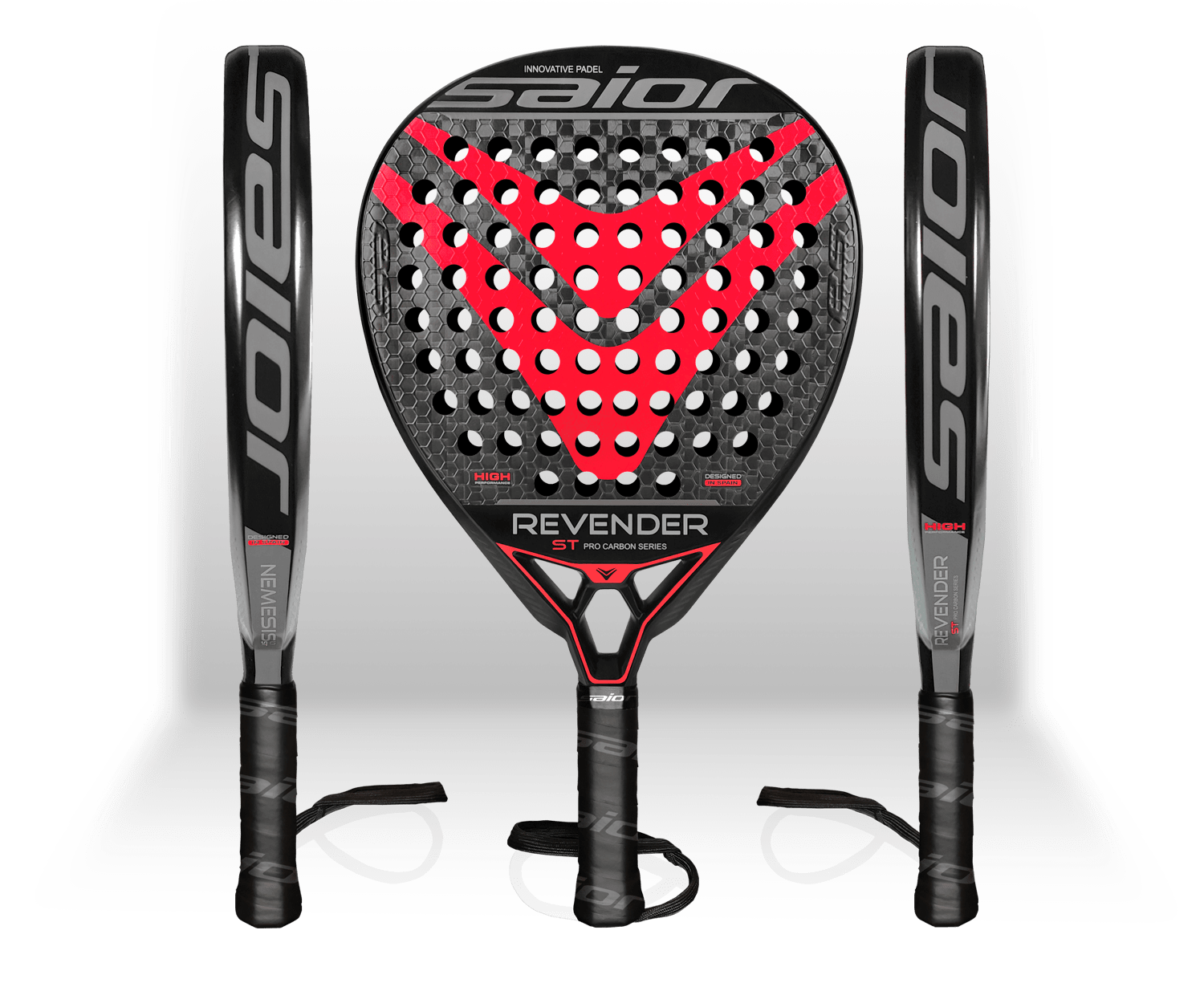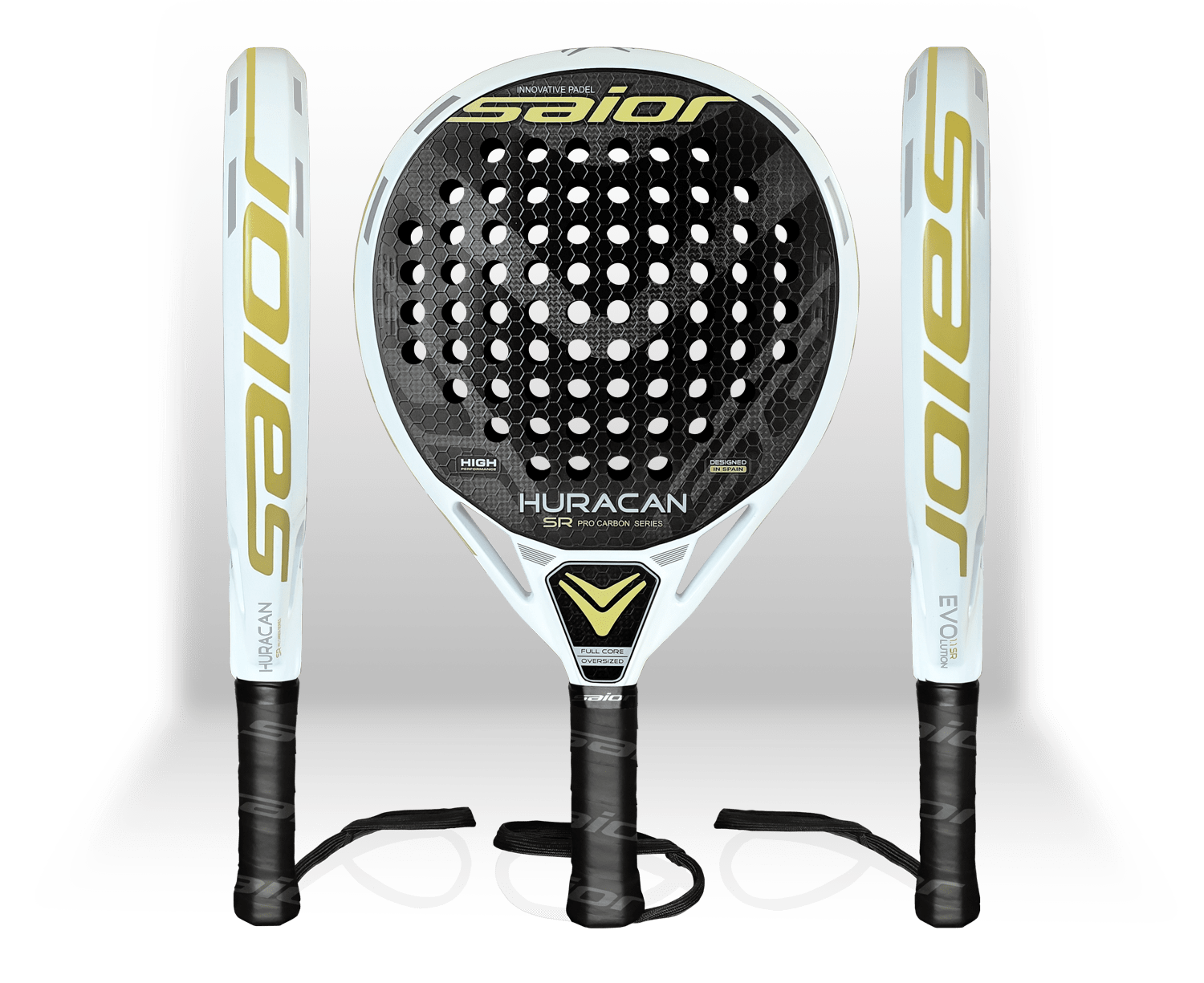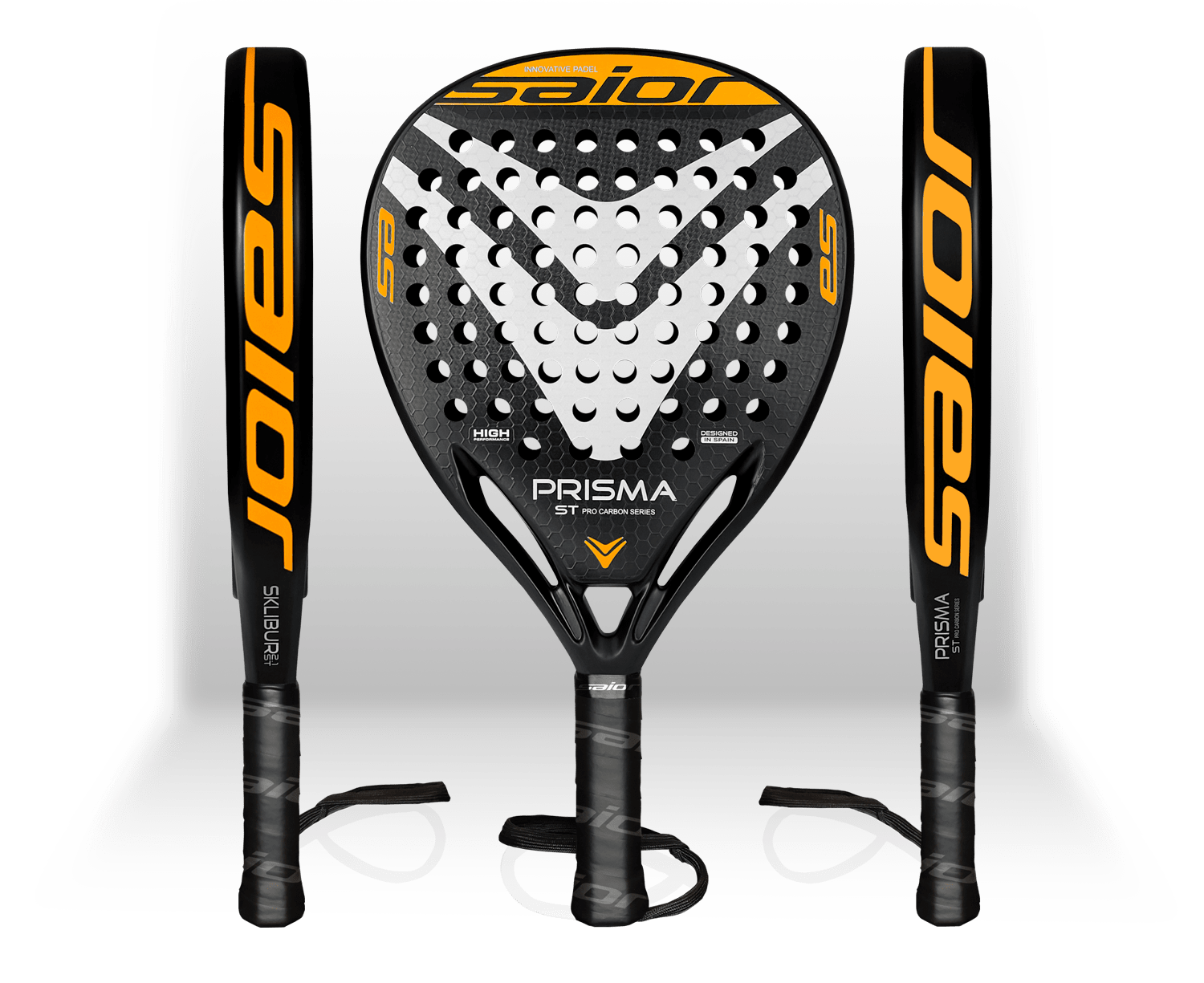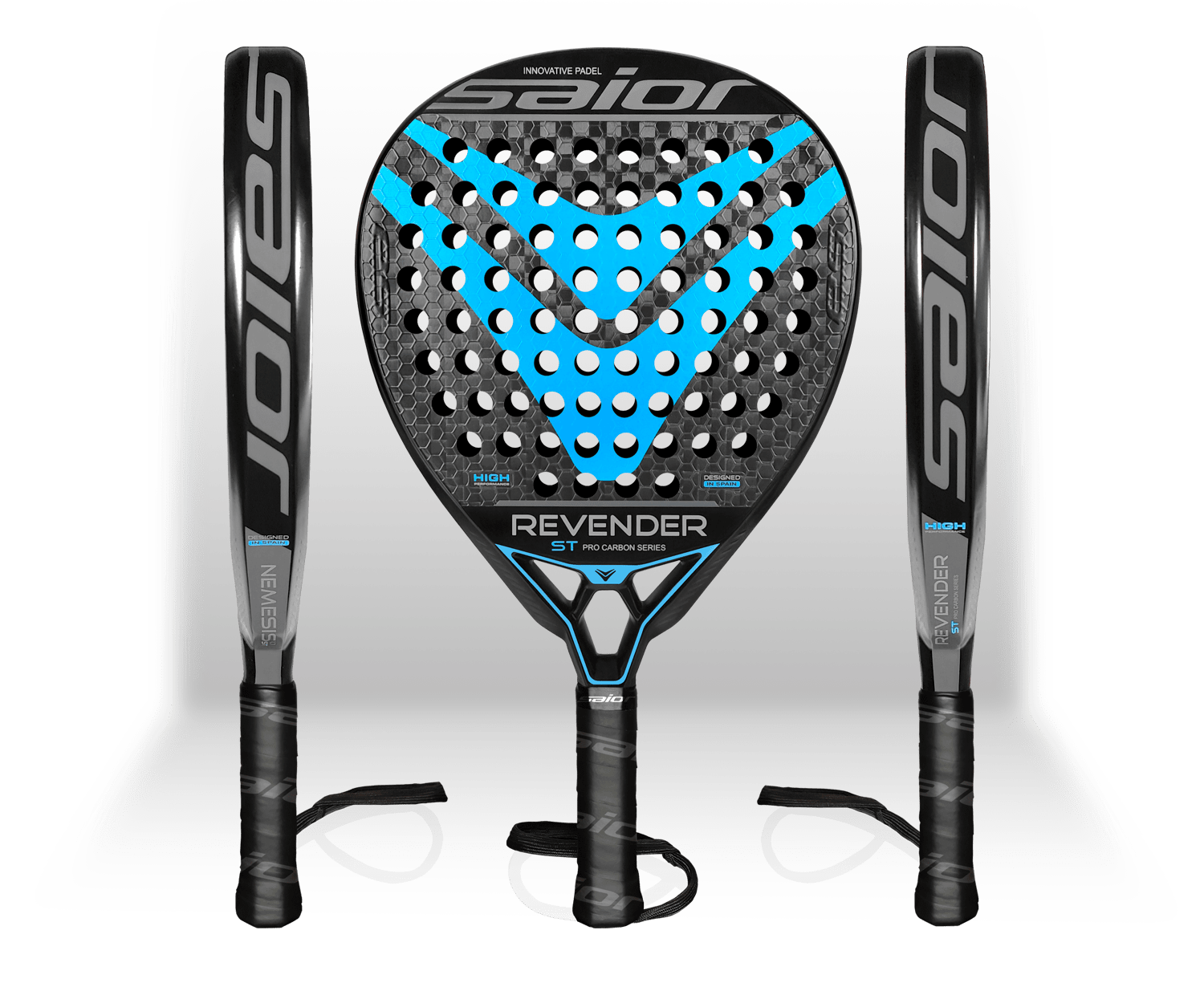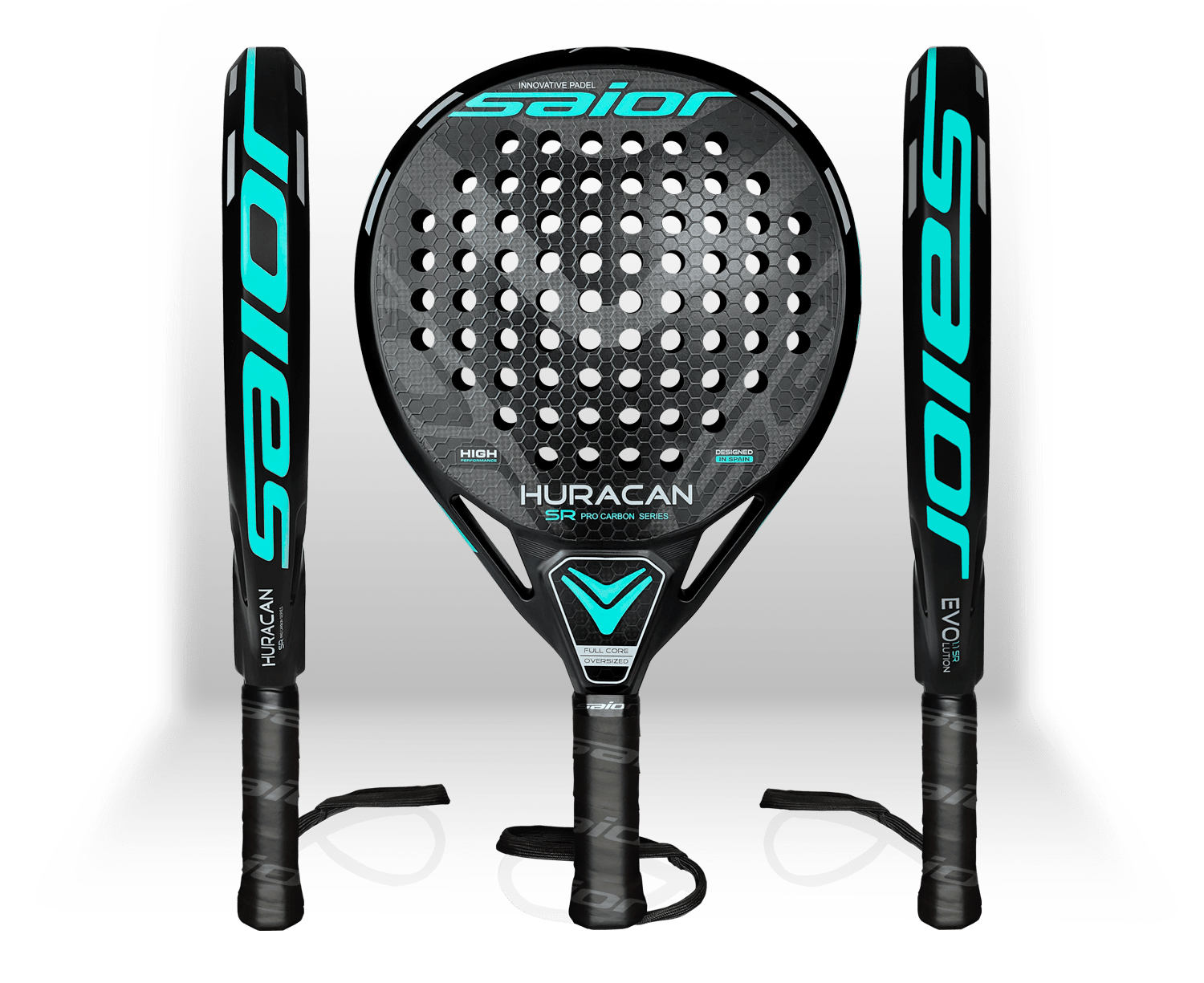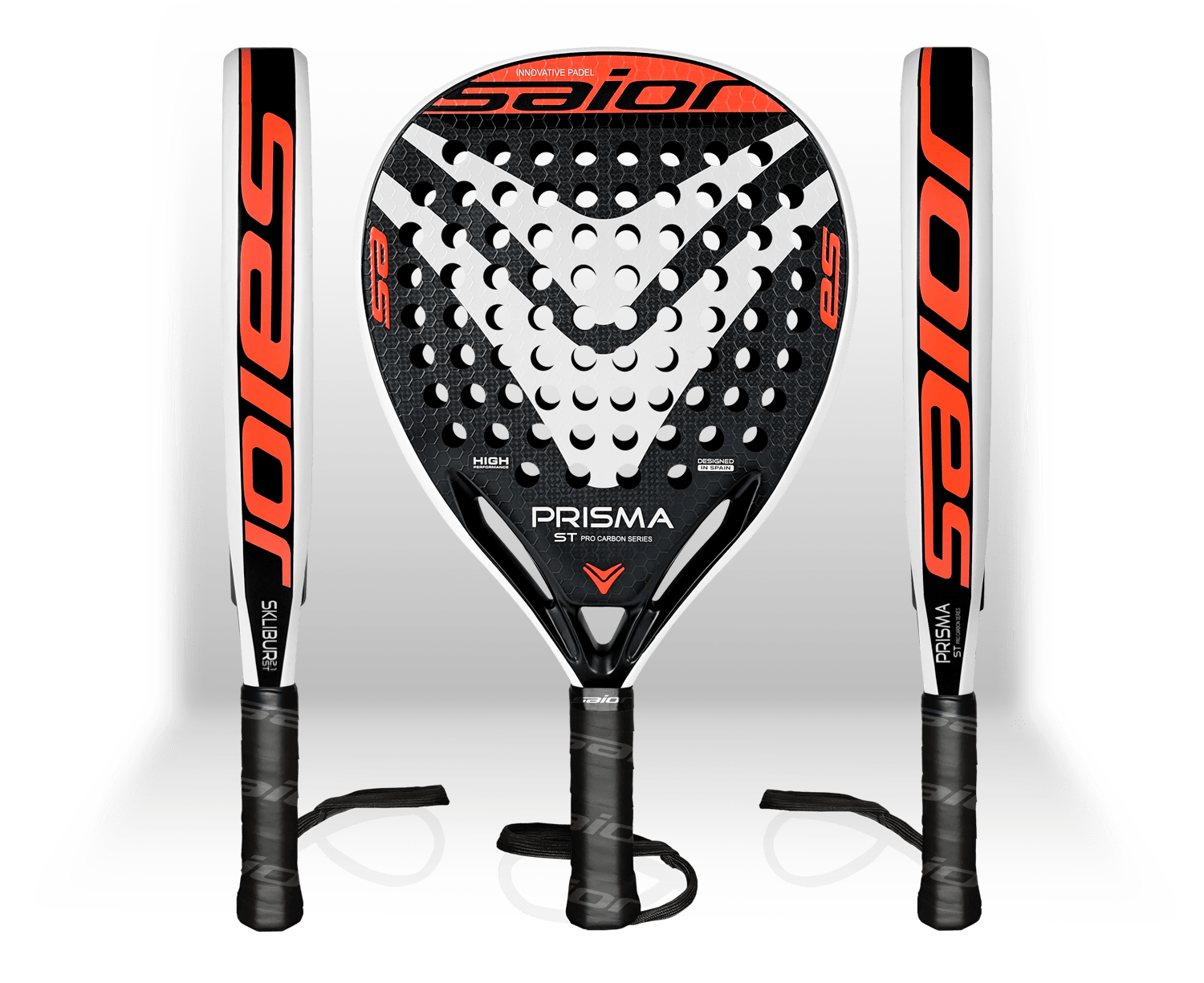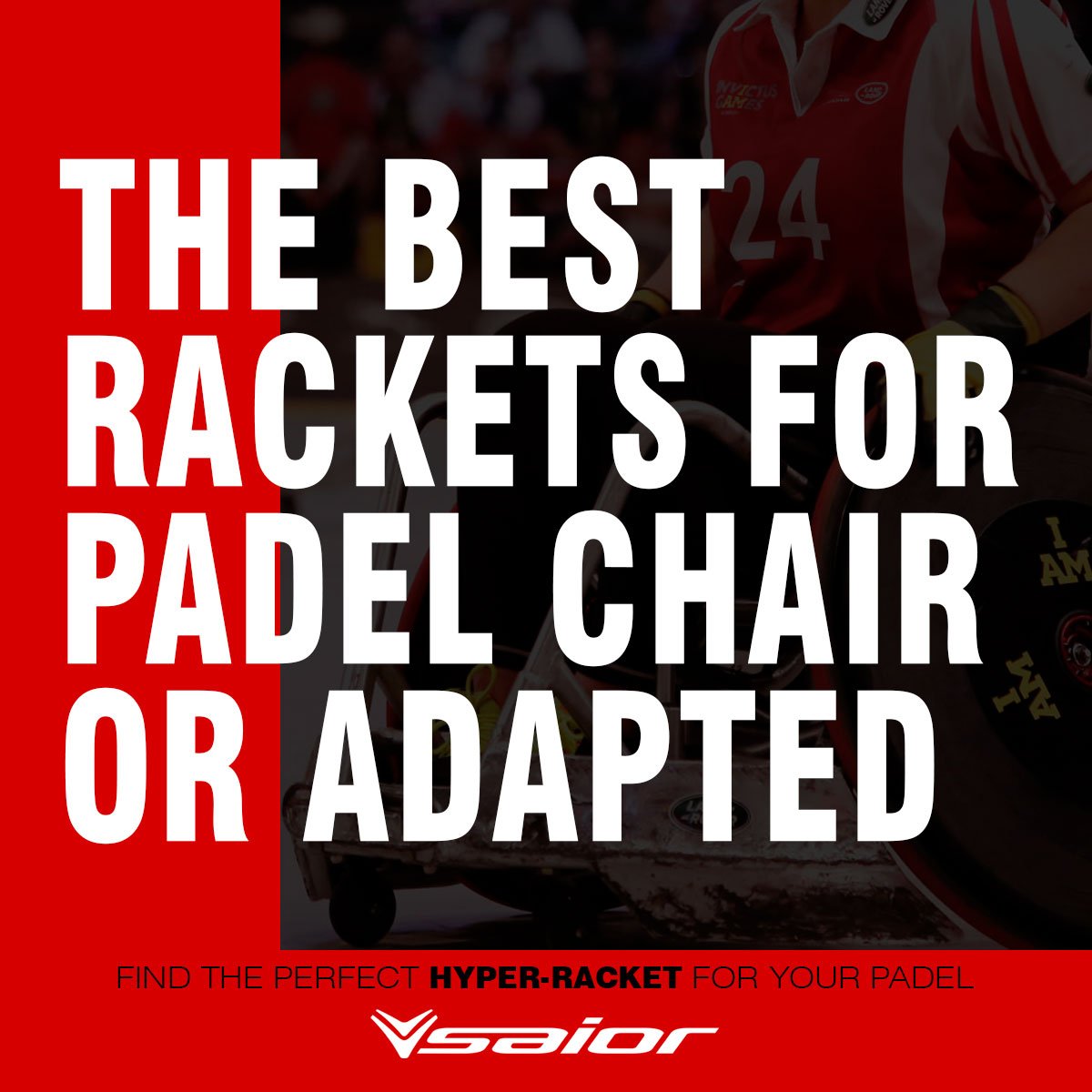PADEL RACKETS FOR EPICONDYLITIS OR TENNIS ELBOW
What is Epicondylitis or tennis elbow in Padel?
Why does the elbow hurt when playing Padel?
How do I know if I have epicondylitis?
How to avoid Epicondylitis or tennis elbow in Padel?
What exercises can I not do with Epicondylitis or tennis elbow?
What exercises to do for tennis elbow or Epicondylitis?
How long does it take to heal tennis elbow or Epicondylitis?
What makes Epicondylitis worse?
Why doesn’t my Epicondylitis go away?
How to deflate an Epicondylitis or cure Padel elbow pain?
What is better cold or heat for Epicondylitis?
How to strengthen the muscles of the elbow?
When is Epicondylitis considered cured?
What is Epicondylitis or tennis elbow in Padel?
Epicondylitis or tennis elbow is a condition that affects the tendons found on the outside of the elbow. These tendons connect the muscles of the forearm to the elbow bone. Epicondylitis occurs when these tendons become inflamed and irritated.
Epicondylitis is a common injury among Padel players. This is because Padel is a sport that requires repetitive arm movements, such as hitting the ball. These movements can put stress on the elbow tendons, which can lead to inflammation.
Symptoms of epicondylitis include pain on the outside of the elbow, tenderness, swelling, and weakness in the forearm. The pain may worsen when doing activities that require repetitive arm movements, such as Padel.
Why does the elbow hurt when playing Padel?
Elbow pain when playing Padelcan be caused by a variety of factors, including:
Epicondylitis. Epicondylitis, also known as tennis elbow, is a condition that affects the tendons found on the outside of the elbow. These tendons connect the muscles of the forearm to the elbow bone. Epicondylitis occurs when these tendons become inflamed and irritated.
Tendinitis. Tendonitis is a condition that affects the tendons, which are the bands of tissue that connect muscles to bones. Tendinitis occurs when the tendons become irritated or inflamed.
Stress fracture. A stress fracture is a small crack in a bone that is caused by repetitive use. Stress fractures can occur in the elbow due to the repetitive motions involved in padel tennis.
Elbow dislocation. A dislocated elbow is a condition in which the humerus bone (the long bone of the upper arm) slips out of its joint with the ulna (the lateral bone of the forearm). Elbow dislocations can occur in Padel due to sudden or abrupt movements of the arm.
Arthritis. Arthritis is a condition that causes inflammation and pain in the joints. Arthritis can affect the elbow, which can cause pain when playing Padel.
How do I know if I have epicondylitis?
Symptoms of epicondylitis include:
- Pain on the outside of the elbow.
- Sensitivity to touch.
- Swelling.
- Weakness in the forearm.
The pain is often made worse by doing activities that require repetitive arm movements, such as lifting heavy objects, using a tool, or playing Padel.
How to avoid Epicondylitis or tennis elbow in Padel?
There are several things that can be done to prevent epicondylitis in Padel. These include:
- Warm up before playing. Warming up helps prepare the muscles and tendons for exercise.
- Use proper technique. Proper technique can help reduce the risk of injury.
- Take frequent breaks. Taking frequent breaks during play can help prevent muscle and tendon exhaustion.
- Strengthens the muscles of the forearm. Strong forearm muscles can help take the strain of hitting the ball.
- Wear an elbow support. An elbow brace can help stabilize the elbow and reduce pain.
- Listen to your body. If you feel pain, stop playing and rest.
By following these tips, you can help prevent epicondylitis or tennis elbow in Padel.
Here are some additional tips:
- Use the right Padel racket. The Padel racket should be the right size and weight for you.
- Keep a good grip. The grip should be firm, but not too tight.
- Play frequently. Regular play helps strengthen muscles and tendons, which can help prevent injury.
- Stretch after playing. Stretching helps muscles and tendons to recover from exercise.
What exercises can I not do with Epicondylitis or tennis elbow?
There are a series of exercises that can worsen epicondylitis or tennis elbow in Padel. These exercises include:
- Any exercise that requires the use of the forearm muscles, such as weight lifting, Padel, golf, use of hand tools, etc.
- Any exercise that requires repetitive movement of the elbow, such as writing, typing, using the mouse, etc.
- Any exercise that requires the use of excessive force, such as lifting heavy objects, etc.
If you have epicondylitis or tennis elbow, it’s important to avoid doing these exercises until the injury has fully healed. If you’re not sure if you can perform a particular exercise, it’s best to consult a doctor or physical therapist.
If the pain is severe or does not improve with conservative treatment, you may need surgery.
What exercises to do for tennis elbow or Epicondylitis?
If you have Epicondylitis, it is important that you perform exercises that help strengthen the muscles of the forearm and improve the flexibility of the tendons. These exercises can help reduce pain and improve range of motion in your elbow.
Below are some exercises that you can perform to help treat tennis elbow in Padel:
Forearm stretches:
- Extend your arm out to the side, palm up.
- With the opposite hand, gently pull your thumb back until you feel a stretch in your forearm.
- Hold the stretch for 20-30 seconds.
- Repeat with the other arm.
Forearm Strengthening:
- Close your fist and open your hand. Repeat 10 times.
- Make a fist and rotate your wrist up and down. Repeat 10 times.
- Make a fist and rotate your wrist to one side and the other. Repeat 10 times.
Relaxation exercises:
- Sit in a chair with your arms relaxed at your sides.
- Close your eyes and take a deep breath.
- Focus your attention on your breath and let your body relax.
- Stay relaxed for 5-10 minutes.
How long does it take to heal tennis elbow or Epicondylitis?
The recovery time for tennis elbow or Epicondylitis in Padel depends on the severity of the injury and the treatment received. In general, most cases resolve in 6-12 weeks with conservative treatment, including rest, ice, compression, and elevation (RICE), nonsteroidal anti-inflammatory drugs (NSAIDs), and physical therapy.
In some cases, surgery may be necessary to repair the tendon. Surgery is generally reserved for cases that do not respond to conservative or treatment that are very severe.
What makes Epicondylitis worse?
There are a number of factors that can worsen epicondylitis in Padel sport, including:
- Exercising too much: Excessive exercise can stress the elbow tendons and cause them to become inflamed. It is important to listen to your body and rest when you feel pain.
- Poor technique: Poor technique when hitting the ball can put stress on the elbow tendons and cause inflammation. It is important to learn the proper technique when hitting the ball and to practice it regularly.
- Using the wrong Padel racket: A Padel racket that is too heavy or has too little grip can put stress on the elbow tendons and cause inflammation. It is important to use a Padel racket that is the right size and weight for you.
- Do not warm up: Warming up is important to prepare the muscles and tendons for exercise. If you do not warm up before playing Padel tennis, you can increase the risk of injury.
- Do not stretch: Stretching helps keep muscles and tendons flexible. If you don’t stretch after playing paddle tennis, you can increase the risk of injury.
Why doesn't my Epicondylitis go away?
There are a number of reasons why Epicondylitis may not go away, including:
- Not following recommended treatment: Treatment for epicondylitis usually includes rest, ice, compression, elevation (RICE), nonsteroidal anti-inflammatory drugs (NSAIDs), and physical therapy. If you don’t follow the recommended treatment, epicondylitis may not go away.
- Repeating the activities that caused the injury: If you go back to doing the activities that caused the epicondylitis, the injury may come back.
- More serious injuries: In some cases, epicondylitis can be caused by more serious injuries, such as fractures or tendinosis. These injuries may require surgery to repair.
How to deflate an Epicondylitis or cure Padel elbow pain?
Padel elbow pain can be caused by a variety of factors, including:
- Overuse: Padel tennis is a sport that requires repetitive arm movements, which can put strain on the tendons in the elbow and cause pain.
- Injuries: Injuries, such as sprains or fractures, can also cause elbow pain in Padel sport.
- Poor posture: Poor posture when playing paddle tennis can increase the risk of elbow pain.
- Weak muscles: Weak forearm muscles can make it harder to hit the ball correctly, which can increase your risk of elbow pain.
There are a number of treatments that can help reduce inflammation of epicondylitis, including:
- Rest: It is important to rest your elbow and avoid activities that cause pain.
- Ice: Applying ice to the elbow for 20 minutes at a time, several times a day, can help reduce inflammation.
- Compression: Using a bandage or strap to compress your elbow can help reduce pain and swelling.
- Elevation: Elevating the elbow can help reduce swelling.
- Nonsteroidal anti-inflammatory drugs (NSAIDs): NSAIDs, such as ibuprofen or naproxen, can help reduce pain and inflammation.
- Physical therapy: Physical therapy can help strengthen the forearm muscles and improve the flexibility of the tendons.
If the pain is severe or does not improve with conservative treatment, you may need surgery.
Here are some additional tips to deflate epicondylitis or prevent elbow pain in Padel sport:
- Warm up before playing. Warming up helps prepare the muscles and tendons for exercise.
- Use the proper technique. Good playing technique can help reduce the risk of injury.
- Take frequent breaks. Frequent breaks can help prevent muscle and tendon exhaustion.
- Strengthens the muscles of the forearm. Strong forearm muscles can help take the strain of hitting the ball.
- Stretch after playing. Stretching helps keep muscles and tendons flexible.
- Listen to your body. If you feel pain, stop playing and rest.
What is better cold or heat for Epicondylitis?
There is a debate as to whether it is better to use cold or heat to treat Epicondylitis. Some experts believe that cold is better for reducing inflammation, while others believe that heat is better for relaxing muscles and improving circulation.
In general, there is no definitive answer to the question of whether it is better to use cold or heat to treat Epicondylitis. The best treatment for you will depend on your individual situation. If you have Epicondylitis, it’s important to talk to your doctor about the best treatment for you.
How to strengthen the muscles of the elbow?
The elbow muscles are responsible for movement and stability of the elbow. If these muscles are weak, they can increase the risk of injury. There are a number of exercises that can help strengthen the elbow muscles.
Some of the most common exercises to strengthen the elbow muscles include:
- Elbow Extensions: This exercise helps strengthen the extensor muscles of the elbow. To perform an elbow extension, sit in a chair with your elbow bent and your forearm resting on the table. With your free hand, push your forearm down until your elbow is extended. Hold the position for 2-3 seconds and then return to the starting position. Repeat 10-15 times.
- Elbow Pushups: This exercise helps strengthen the elbow flexor muscles. To perform a push-up, sit in a chair with your elbow extended and your forearm resting on the table. With your free hand, pull your forearm up until your elbow is flexed. Hold the position for 2-3 seconds and then return to the starting position. Repeat 10-15 times.
- Pronation and supination: This exercise helps to strengthen the pronator and supinator muscles of the forearm. To pronate, rotate your forearm so that your palm is facing up. To supinate, rotate your forearm so that your palm is facing down. Repeat 10-15 times in each direction.
These are just a few of the exercises that can help strengthen your elbow muscles. It’s important to talk to your doctor before starting any exercise program, especially if you have an injury or medical condition.
When is Epicondylitis considered cured?
Epicondylitis is usually cured with conservative treatment, including rest, ice, compression, and elevation (RICE), nonsteroidal anti-inflammatory drugs (NSAIDs), and physical therapy. In some cases, surgery may be necessary.
Epicondylitis is considered cured when the pain and inflammation are gone and the patient can return to normal activities without pain. This can take several weeks or months, depending on the severity of the injury.
What happens if tennis elbow is not treated?
If Epicondylitis is not treated, the pain can get worse and can make it difficult to do activities that require the use of the arm, such as typing, lifting heavy objects, or playing tennis. In severe cases, epicondylitis can cause permanent limitation of elbow motion.
If you experience elbow pain, or think you may have epicondylitis, it’s important to see a doctor so they can diagnose the cause of the pain and recommend appropriate treatment.
The doctor can diagnose epicondylitis through a physical examination. The doctor may also order an x-ray or ultrasound to rule out other possible causes of elbow pain.
The best Padel Rackets for Epicondylitis or tennis elbow
Among the different factors that can worsen Epicondylitis or Tennis Elbow in Padel, we highlight that using an incorrect Padel racket that is too heavy or has too little grip can put stress on the elbow tendons and cause inflammation.
It is important to use a Padel racket that is the right size and weight for you.
For this reason, we have created the best Padel rackets for Epicondylitis or tennis elbow, with low weights between 340g to 365g and Medium balance, thinking of reducing this type of injury so common among amateur players in the world of Padel.
Discover the perfect HyperRacket to help you improve your game!
What are the Padel racket models that especially help players who suffer from Epicondylitis?
All Padel Rackets Saior models have been developed with technical characteristics to benefit, prevent and help Epicondylitis problems, thanks to their low weights and average balance.
This does not mean that if you have already developed the problem you should not treat it and go to a specialist.
The models of Paddle Tennis, specific by type of game, that help players who suffer from Tennis Elbow or Epicondylitis, are the following:
1. POWER MODELS. 100% Carbon and Medium Hardness Construction. Learn More
2. CONTROL MOLDELS. 100% Carbon and Soft Hardness Construction. Learn More
Conclusion
Our advice is that if you do not have any playing style preference, opt for the Control models, as they will absorb more the impacts, benefiting Epicondylitis or Tennis Elbow problems even more.
OTHER THEMES OF INTEREST, DON'T MISS THEM!
LIGHTEST PADEL RACKETS FOR WOMEN
As we all know, each type of paddle player needs a type of product that is most adapted to their needs and in this case it cannot be less. So it deserves your full attention.
BEST PADEL RACKETS FOR ADAPTED CHAIR
Adapted paddle tennis is a type of paddle tennis that allows people with disabilities or reduced mobility to practice this sport. It is an activity that offers numerous benefits for health and well-being…
THE BEST PADEL RACKETS FOR CONTROL
When we refer to Control in the world of Padel, it is generally called the game that needs the type of player who requires a Padel racket with specific characteristics that give them Control in their game.
THE BEST PADEL RACKETS FOR POWER
When we refer to Power in the world of Padel, it is generally called the game that needs the type of player who requires a Padel racket with specific characteristics that give Power in their game.
JOIN THE COMUNITY
Sign up Now and LEARN ABOUT OUR LATEST NEWS AND ENJOY EXCLUSIVE OFFERS

